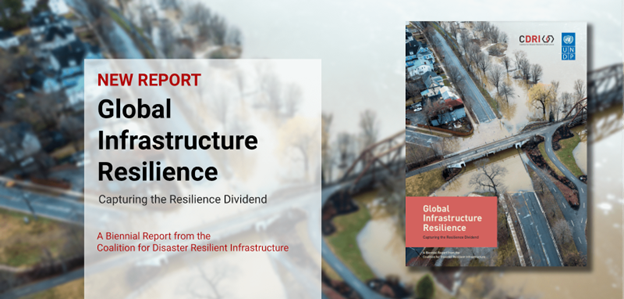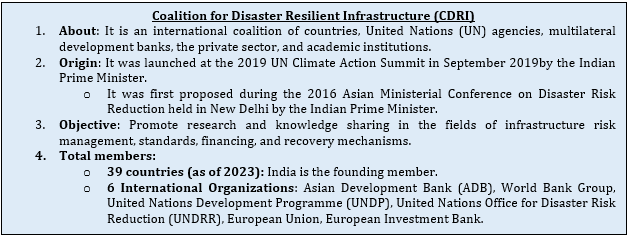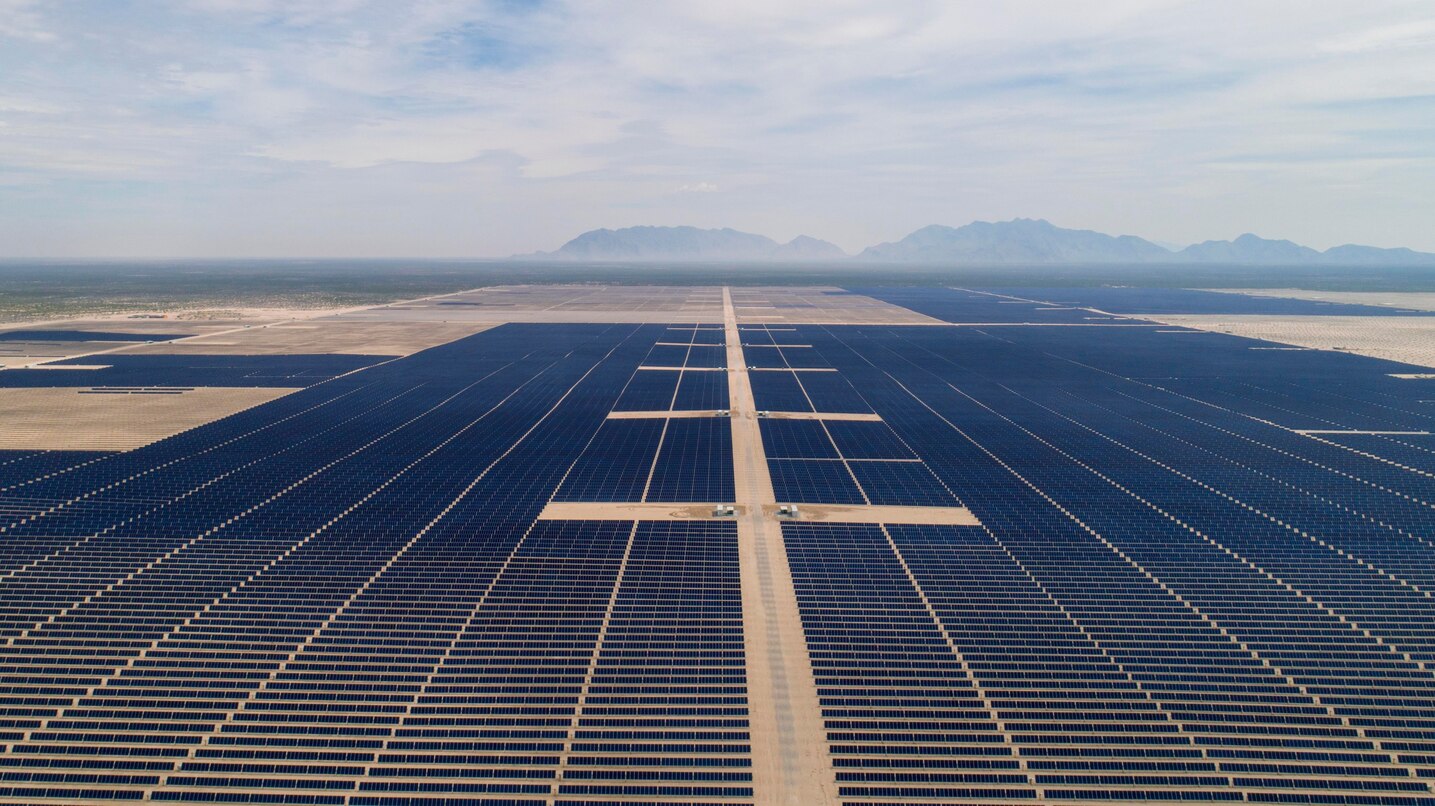- Courses
- GS Full Course 1 Year
- GS Full Course 2 Year
- GS Full Course 3 Year
- GS Full Course Till Selection
- Answer Alpha: Mains 2025 Mentorship
- MEP (Mains Enrichment Programme) Data, Facts
- Essay Target – 150+ Marks
- Online Program
- GS Recorded Course
- Polity
- Geography
- Economy
- Ancient, Medieval and Art & Culture AMAC
- Modern India, Post Independence & World History
- Environment
- Governance
- Science & Technology
- International Relations and Internal Security
- Disaster Management
- Ethics
- NCERT Current Affairs
- Indian Society and Social Issue
- NCERT- Science and Technology
- NCERT - Geography
- NCERT - Ancient History
- NCERT- World History
- NCERT Modern History
- CSAT
- 5 LAYERED ARJUNA Mentorship
- Public Administration Optional
- ABOUT US
- OUR TOPPERS
- TEST SERIES
- FREE STUDY MATERIAL
- VIDEOS
- CONTACT US
GLOBAL INFRASTRUCTURE RESILIENCE REPORT
GLOBAL INFRASTRUCTURE RESILIENCE REPORT
06-10-2023

Context
- According to the newly released biannual assessment on global infrastructure resilience, climate change might result in an average yearly loss of nearly $700 billion in infrastructure sectors and buildings worldwide.
About the report
- The Coalition for Disaster Resilient Infrastructure (CDRI) released this report.
- Based on the CDRI's key initiative, the Global Infrastructure Risk Model and Resilience Index (GIRI), the report presented the scenario for investing in resilience from an economic, financial, and political perspective.
- The GIRI is the first ever probabilistic risk assessment that measures risk to major natural disaster and analyzes resilience in key infrastructure sectors.
Key highlights of the report
- Global average annual loss (AAL) in infrastructure sectors is expected to be roughly 14% of GDP due to climate change.
- Low or middle incomes countries (LMIC) bear half of this uncertain burden.
- With very little private investment, the Union and state governments of India currently finance over 75% of urban infrastructure.
Challenges observed in the report to Mobilizing Finance for Resilient Infrastructure
- Higher initial expenses are often required to build resilience.
- Resilience cannot be assessed in any common agreed way.
Way forward/ Suggestions in the report
- There should be more private investment on infrastructure.
- Certifications and standards for resilient infrastructure.
- Planning at the national and local levels should incorporate nature-based infrastructure solutions.
- The State Action Plan for Climate Change (SAPCC) in India may be used to target the integration of Nature-based Infrastructure Solutions (NbIS).
- The SAPCCs are a framework of action for responding to the effects of climate change in each state.




